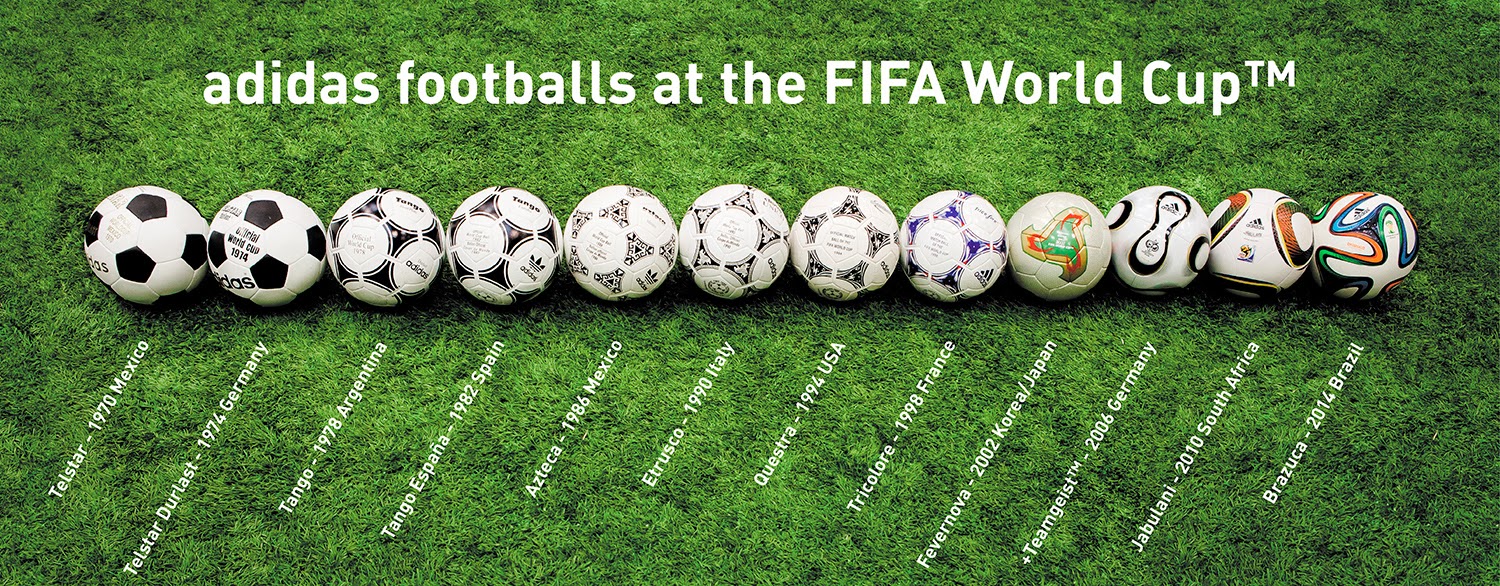Poor kids around the world will kick just about anything resembling a ball to get a soccer game going. Rolled up socks or rags, cans, tennis balls. For those kids with a little more money, say $160, and the highly paid professionals who will contest the World Cup in Brazil this summer, there’s the brazuca. That’s the name picked by a poll of fans in Brazil for the official soccer ball of the World Cup. According to Adidas, the manufacturer, brazuca is a local expression that’s used to describe the Brazilian way of life.
It’s also a name that could make the controversial Jabulani ball used in the 2010 Cup in South Africa disappear. The Jabulani was proclaimed by the company’s designers to be the roundest ball ever made; and proclaimed by goalkeepers to be the stuff of nightmares. Struck hard enough, the Jabulani had a tendency to dance the hula, wiggling on its way to the goal.
The ball has been completely redesigned since the last World Cup, and is made using just six panels, the fewest adidas has ever used. By comparison, the innovative Telstar ball of 1970 had 32 hexagonal and pentagonal panels. Once again Adidas is claiming the title of world’s roundest ball. This time, the only wiggles will be the green, orange and light blue patterns that have been designed on the ball itself. “It’s more stable and has very reliable flight pattern,” says Patrik Nilsson, CEO of Adidas North America.
To make sure of that, Adidas subjected the ball to unprecedented testing. “What we learned from South Africa is that we need to test even more and involve more players in the in process,” says Nilsson. Adidas tested camouflaged versions with its top clubs and players, including Lionel Messi (Barcelona), Iker Casillas (Real Madrid), and Bastian Schweinsteiger (Bayern Munich). To eliminate bias, the company also did blind tests with non-Adidas affiliated players and in the FIFA U-20 World Cup.
The World Cup soccer ball is a huge piece of business for adidas. In the last World Cup, the company sold some 13 million balls worldwide, including miniballs and replicas. The brazuca’s $160 match ball also comes in a miniball and replica versions starting at $13. But even at an average price of say, $50, that’s a $650 million business for Adidas.
Nilsson expects a big chunk of that business to be in the U.S. “Our retail partners were surprised by how many balls they could sell last time,” says Nilsson. With the World Cup played in the same time zone this summer, fans will find it even easier to follow the games. And see for themselves whether brazuca flies true.
 |
| History of Adidas Balls |



